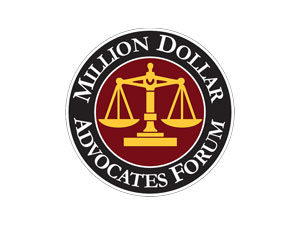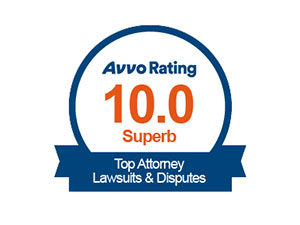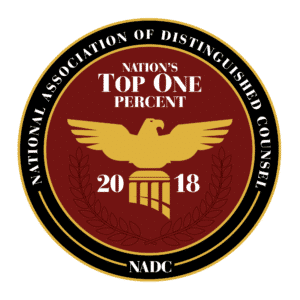$5.5M
$5.1M
$4.2M
$2.9M
$2.8M
$2.5M
$2.4M
$2.2M
Aviation Accident Lawyer in Miami, FL
Have you or has a family member of yours been in a plane crash or injured while flying? Are you looking for information about whether you need the services of an attorney that specializes in aviation accidents in the Miami area? Here we delve into the different aspects of airline negligence, to help you decide if you may be entitled to compensation for injury or loss.
Types of Aviation Accidents
Aviation accidents are undoubtedly the most dangerous type of transportation accidents. While aviation accidents include those involving private air planes, private helicopters, charter air planes, hot-air balloons, cargo planes, ultralights, charter helicopters and military aircraft, accidents involving commercial airliners leave the most devastation in their wake. These airline disasters often claim the lives of hundreds of passengers and crew as well as bystanders on the ground.
Types of Crashes
Our collective idea of an “aviation accident” tends to be a large commercial airplane crashing into the ground or the ocean, but there are multiple types of incidents that fall under this category:
- Water crashes
- Ground crashes
- Mid-air collisions
- Taxiing crashes
Causes of Air Plane Crashes
When assessing negligence in the case of an aviation accident, the most common idea of the at-fault party is that of the pilot. However many parties may have contributed to an otherwise avoidable accident that resulted in injury or loss of life. Symptoms of aviation negligence include mechanical deficiency, design issues, air traffic control error, or even problems with the runway in taxiing accidents.
In the case of pilot error, contributing factors might be fatigue, alcohol or drug abuse, failure to heed warnings such as weather advisories, ignoring safe landing guidelines, or lack of knowledge of cockpit technology.
Often overlooked as a form of negligence is crew error — this can occur if passengers are injured due to the inattention or outright recklessness of flight attendants. Examples of this might be failure to secure overhead bins or injuries caused by drink carts; at their most serious, flight crew members may fail to follow safety protocol during an emergency that could lead to grave injury or even death.
Every commercial airline and private charter company is responsible for hiring, training and supervising their pilots, mechanics and aircrew as well as inspecting and maintaining their aircraft and components. Failure to carry out any of these responsibilities in a careful way can have catastrophic results.
Compensation
Compensation, like all transportation accidents, may be obtainable if there is sufficient evidence that a party or multiple parties contributed to the accident due to their negligence.
The experienced aviation accident lawyers at Hannon Legal Group are well-versed in the complexities of airplane crash litigation. Our lawyers handle aviation accident cases all over the world including accidents occurring in US airspace as well as those occurring in the Bahamas, Central America, South America, the Caribbean, Canada, Europe and around the world.
More Information
The Federal Aviation Administration generates accident reports and maintains documentation concerning the licensing and certification of pilots which are available under the Freedom of Information Act.
The National Transportation Safety Board is one of the world’s largest accident investigation agencies. It investigates aviation accidents involving commercial aircraft to determine the cause of a given accident. About 2,000 aviation-related accidents are investigated every year, smaller, personal aircraft to the largest jet planes. The NTSB also assists in major airline crash investigations overseas involving U.S. manufactured aircraft and components, or U.S. registered aircraft.
After months of tests and analysis, a final report and safety recommendations are drafted by NTSB investigators and presented to the full five-Member board for discussion and approval, often at a public meeting in Washington. The entire process, from onsite investigation to the final report, normally takes 12 to 18 months. The final approved report, along with additional investigation data, is available under the Freedom of Information Act.















